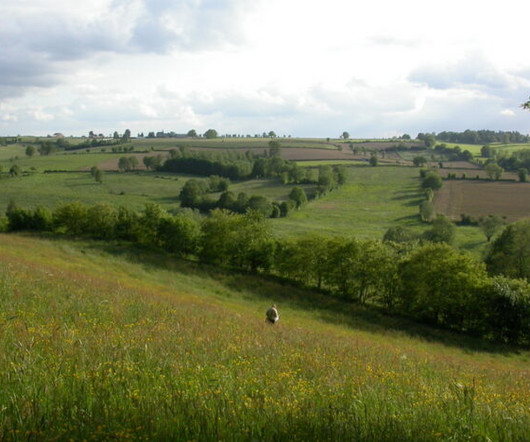When Not Farming is the Best Use of Land
Modern Farmer
JANUARY 19, 2024
The GLSAs provide vegetative cover for foraging, roosting and nesting wildlife including raptors, wading birds, songbirds, pollinating insects and small mammals such as moles and mice. “We Now, they absorb up to 16 inches of rain per hour,” says Jack Algiere, director of agroecology at Stone Barn.












Let's personalize your content